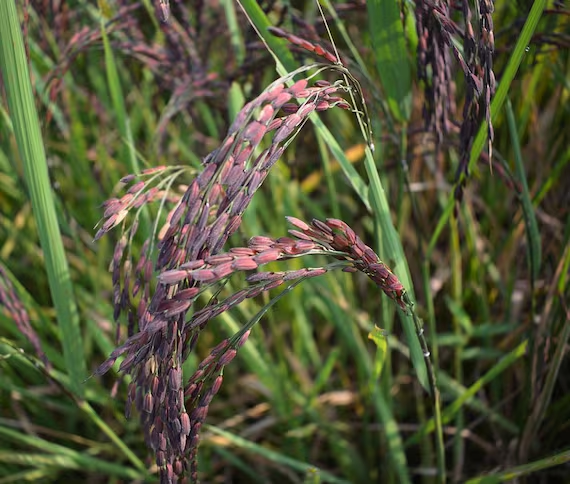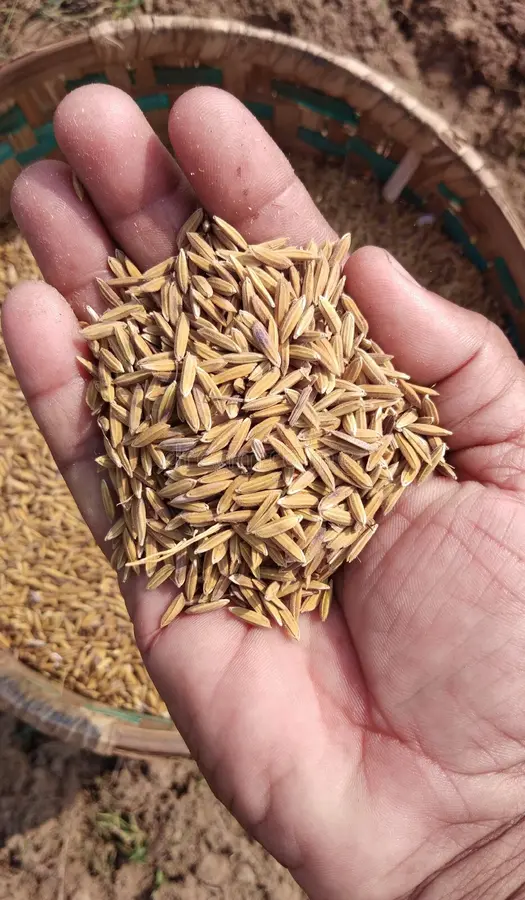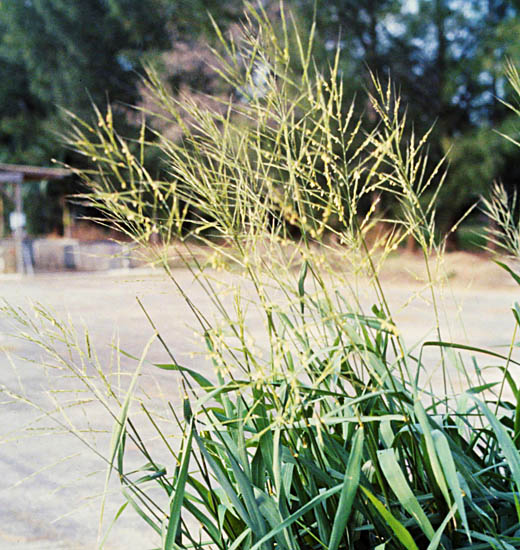Growing your own rice might seem like something reserved for vast paddies in Asia, but it’s absolutely possible — and fun — to cultivate this staple grain in your home garden! With the right conditions, especially plenty of water and warm weather, you can enjoy the satisfying process of growing, harvesting, and even cooking your own rice. From heirloom varieties to drought-tolerant types, here are 8 rice plants perfect for your homegrown grain adventure.

1. Oryza sativa ‘Koshihikari’
A prized Japanese short-grain rice, ‘Koshihikari’ is known for its sweet flavor and sticky texture, perfect for sushi and rice bowls. This variety thrives in warm climates and requires consistently wet soil during its growing season. It grows up to 3-4 feet tall and produces plump grains with a slightly glossy appearance. Gardeners love it for its reliability and excellent culinary value. If you have a small pond or can create a wet, marshy bed, this variety makes a fantastic homegrown option.

2. Oryza sativa ‘Carolina Gold’
An heirloom from the southeastern United States, ‘Carolina Gold’ is famed for its rich, nutty flavor and fluffy texture. This medium-grain rice was a staple in colonial-era kitchens and is now making a comeback in gourmet circles. It performs well in both flooded and moist, well-drained soils. Growing up to 4 feet tall, its golden-hued grains and long, graceful stems add visual interest to any garden. It’s a rewarding option for those seeking culinary history and homegrown grain.

3. Oryza sativa ‘Black Madras’
If you’re after a truly ornamental and edible plant, ‘Black Madras’ is a striking choice. Its dark purple-black foliage makes it a standout in garden beds or containers. Although it’s more often grown for its appearance, the grains are edible when properly processed. It’s a fast grower, maturing in around 100 days with consistent moisture and full sun. This variety is perfect for gardeners who appreciate plants that serve both aesthetic and practical purposes.

4. Oryza glaberrima (African Rice)
Native to West Africa, Oryza glaberrima is a drought-resistant and resilient rice species, historically cultivated for centuries. It thrives in less managed, rain-fed conditions compared to its Asian cousin, Oryza sativa. The grains are slightly smaller, with a rich, earthy flavor ideal for traditional stews and side dishes. Its tolerance to poor soils and varying water levels makes it perfect for gardeners looking for a hardy, self-sustaining crop.

5. Oryza sativa ‘Duborskian’
‘Duborskian’ is a Russian heirloom variety known for being one of the hardiest rice plants available. Unlike most rice, it can handle cooler temperatures and doesn’t require constant flooding, making it ideal for temperate regions. The plant matures in just 90–100 days, producing medium-grain rice with a pleasant, nutty taste. It’s an excellent choice for gardeners in cooler climates wanting to experiment with rice cultivation without the need for large water supplies.

6. Oryza sativa ‘Thai Jasmine’ (Hom Mali)
Thai Jasmine rice, also known as Hom Mali, is a long-grain, aromatic rice highly regarded for its fragrant aroma and slightly sticky texture when cooked. It thrives in hot, humid climates with flooded conditions, making it well-suited for warm regions. The grains are slender and tender, with a natural floral scent. Gardeners growing Thai Jasmine rice enjoy not just its culinary quality but also its elegant, tall plants that sway gracefully in the breeze.

7. Oryza sativa ‘Indigo’
‘Indigo’ rice is a deep purple variety prized for its high antioxidant content and dramatic appearance. The plants grow up to 4 feet tall, with purple-tinged leaves and dark-hued grains. It requires a traditional flooded environment but offers the added bonus of ornamental value with its striking coloration. This rice variety is typically used in specialty dishes, offering a mild flavor and visually stunning presentation. It’s perfect for gardeners interested in both beauty and nutrition.

8. Oryza rufipogon (Wild Rice)
Not to be confused with North American wild rice (Zizania species), Oryza rufipogon is the wild ancestor of modern cultivated rice. It’s native to parts of Asia and can be grown in marshy or wetland conditions. The plant reaches up to 6 feet in height, with fine, grassy leaves and airy flower panicles. Though its grains are smaller and less consistent than cultivated varieties, it offers genetic diversity and a unique addition to your edible landscape.
Final Thoughts
Growing rice at home is an exciting adventure that combines gardening, history, and gastronomy. Whether you choose a reliable, classic like ‘Koshihikari’ or an ornamental showstopper like ‘Black Madras’, each variety offers its own personality and rewards. With a little planning, water management, and patience, you can turn part of your garden into a productive rice patch or a decorative, edible feature.
Would you like a companion care guide for growing rice in containers or small backyard spaces too? I’d be happy to help!





Leave A Comment